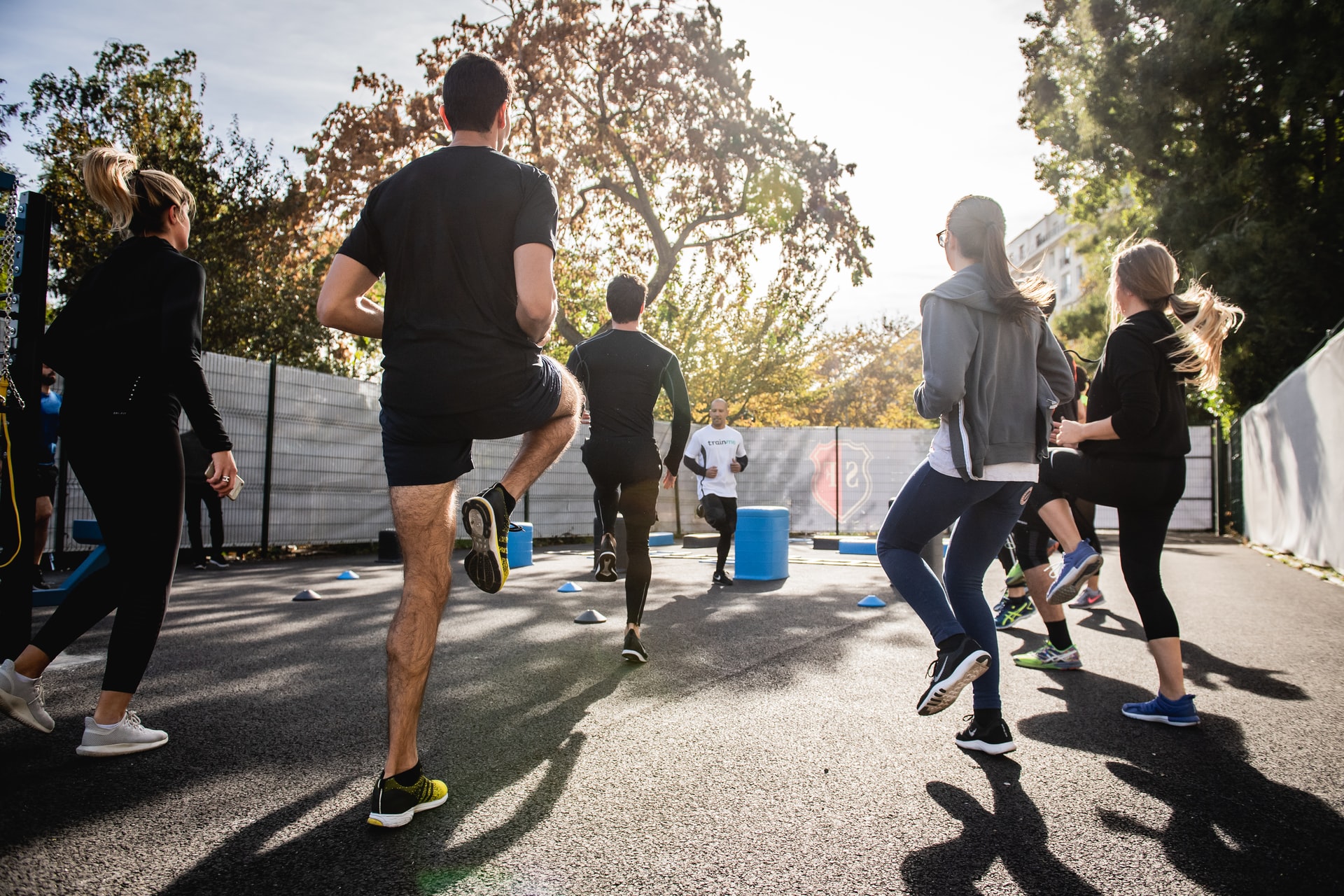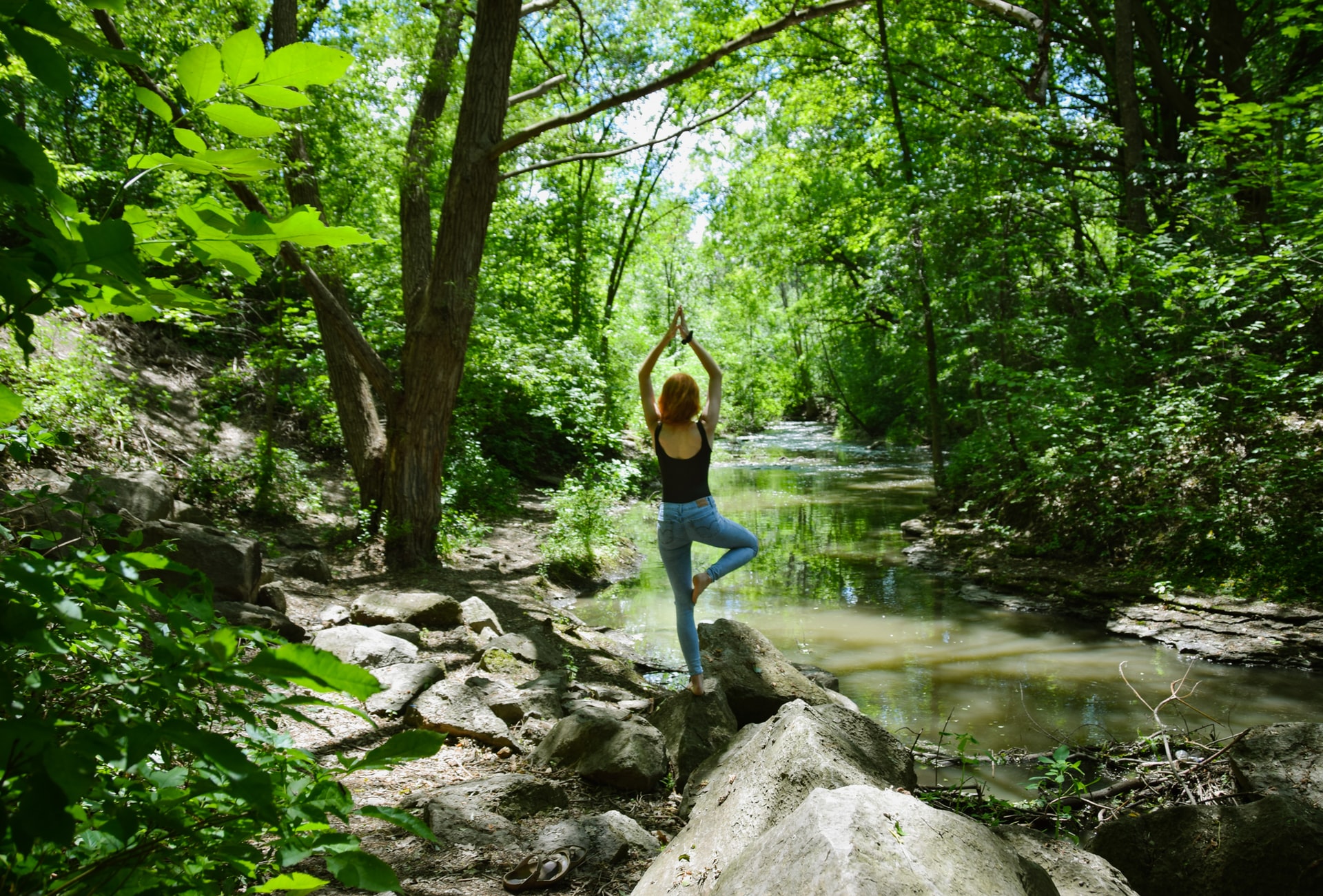Most of us live sedentary lives. A good 8 hours of each day is spent sitting down at our desks, possibly more time commuting, only to come home and spend the evening sitting on the sofa. Unfortunately, even our childhood years of running around playing games (real or imaginary) can easily be pushed to one side while we’re still in school. Students today spend as much time as adults at desks, and then have to work their way through additional hours of homework in the evenings and weekends.
And as we know – it’s not just work. The majority of our entertainment comes from screens, from games on our phones to Netflix binges – it was estimated that during the coronavirus pandemic of 2020, daily Netflix usage time in the US increased by 61%. This would give us an average daily viewing time of 3.2 hours. We know that it’s not good for our bodies, leading to poor posture and back pain, repetitive stress injuries, and decreased cardiovascular and muscular health. But what about the part of our bodies we tend to ignore – our brain? What would happen to our ability to learn and absorb information if we moved more?
Exercise supercharges our brain: According to Dr. John J. Ratey, an associate clinical professor of psychiatry at Harvard Medical School, found that aerobic exercise physically remodels the brain for peak performance. To test this out, a school in Chicago implemented an early morning exercise program (“Zero Hour”) and saw substantial results in both well-being and performance.

More time moving = less screen time: Child Behavioural Expert Dr Jennifer Cross shared findings to back this up. “Early data from a landmark National Institutes of Health (NIH) study that began in 2018 indicates that children who spent more than two hours a day on screen-time activities scored lower on language and thinking tests, and some children with more than seven hours a day of screen time experienced thinning of the brain’s cortex, the area of the brain related to critical thinking and reasoning.”
Science’s latest findings show that even with an hour of exercise a day (twice the recommended minimum amount), this still isn’t enough to offset the impact of sitting. But by integrating more physical movement throughout the day (regular breaks, standing desks, walking meetings, outdoor classroom sessions, interactive classroom learning), we can help encourage more movement and less screen time for adults and children.

Movement helps our mental health: Students face high levels of stress and anxiety, particularly during exam years. It can also help manage depression, ADHD and panic disorders. A regular routine provides consistency and stability and helps students process the broad spectrum of emotions they have to learn to navigate. Finding a sport or activity which engages both the mind and body (martial arts, gymnastics, skateboarding etc) are even better, as they help activate brain areas that “control balance, timing, sequencing, evaluating consequences, switching, error correction, fine motor adjustment, inhibition, and, of course, intense focus and concentration”. Exercising outdoors is even better, as an opportunity to reconnect with nature provides its own healing benefits in addition to physical exercise.
We’re extremely fortunate to have schools in Switzerland that are surrounded by outdoor space. The majority of school grounds and campuses enjoy vast green areas, often near the lakes and/or mountain ranges. A more active lifestyle is much easier to implement in these surroundings, and students, teachers and parents have a variety of activities and outdoor distractions at their fingertips. If you would like to find a school which helps integrate exercise for all students, at all levels, our team will be very happy to advise you.



